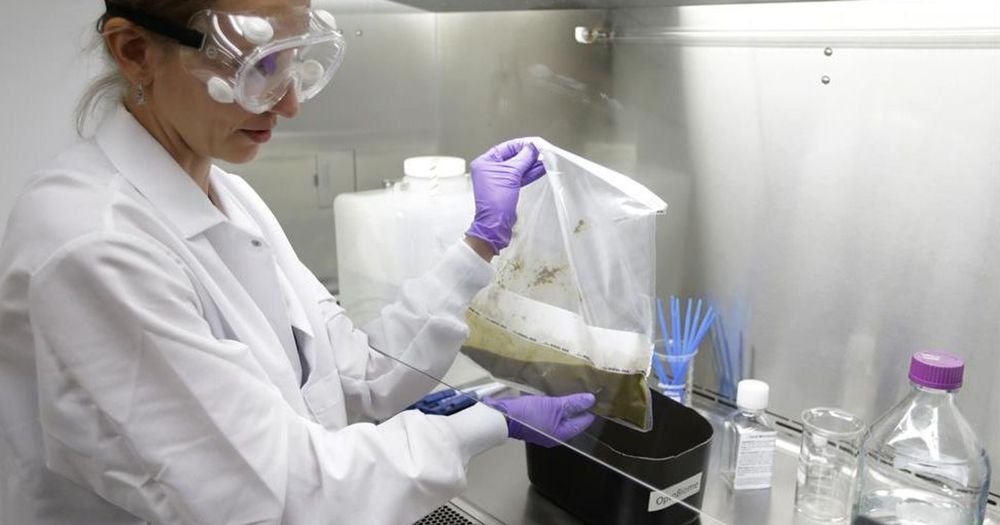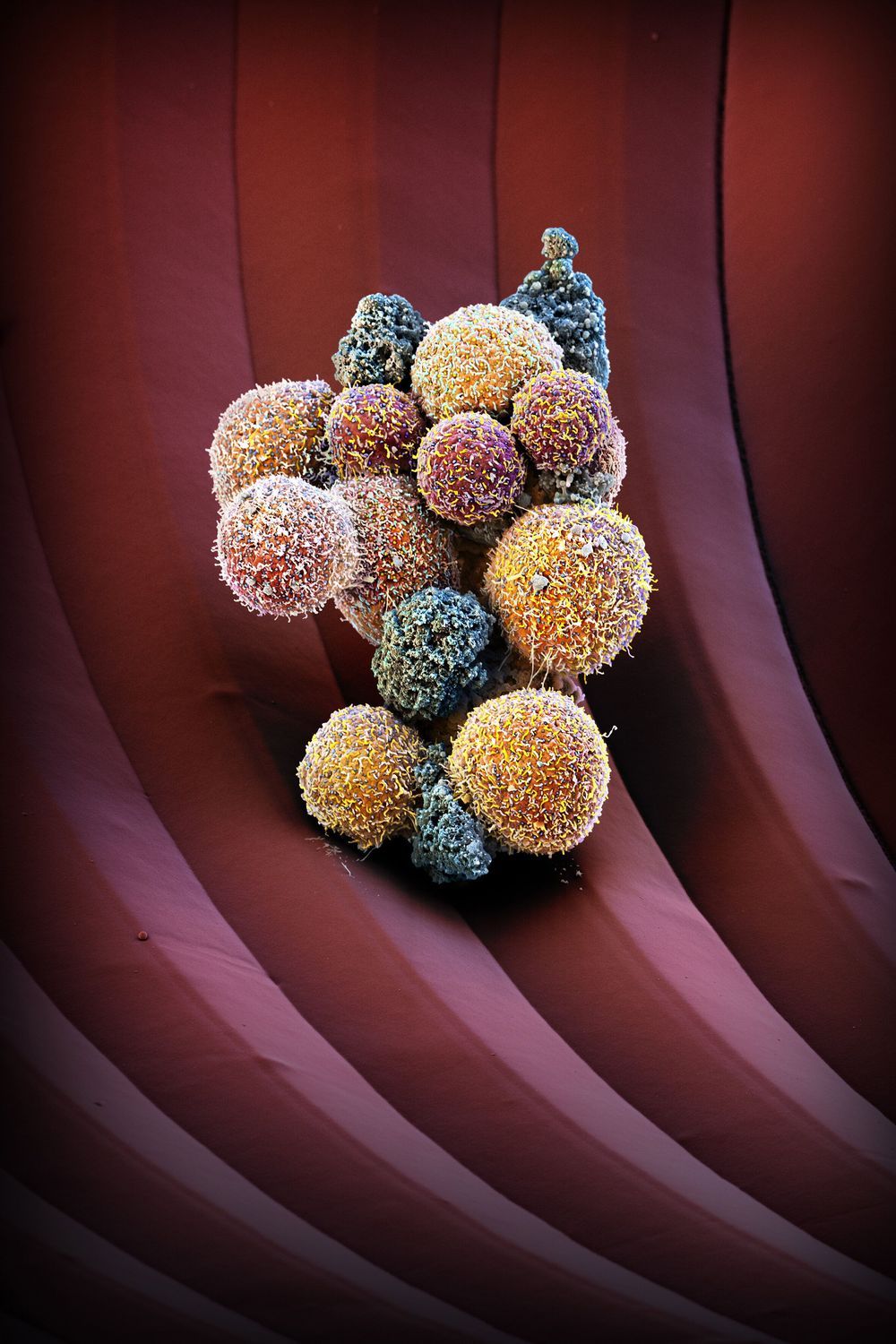Behold the new black gold. Dark and warm, it oozes water and teems with beneficial properties. It even harbors precious metals.
And boy does it stink.
Call it the excrement economy. Between the rise of fecal transplants and water strained from latrine sludge, the poop market is hot. Besides removing toxic waste, the commodification of crap could mean big bucks, especially in the developing world. Sounds crazy, but look at what happened with used cooking oil — now processed into biofuel instead of dumped into landfills — which went from being worth nothing in the early 2000s to $3.30 a gallon in 2011, according to the Utah Biodiesel Supply.








